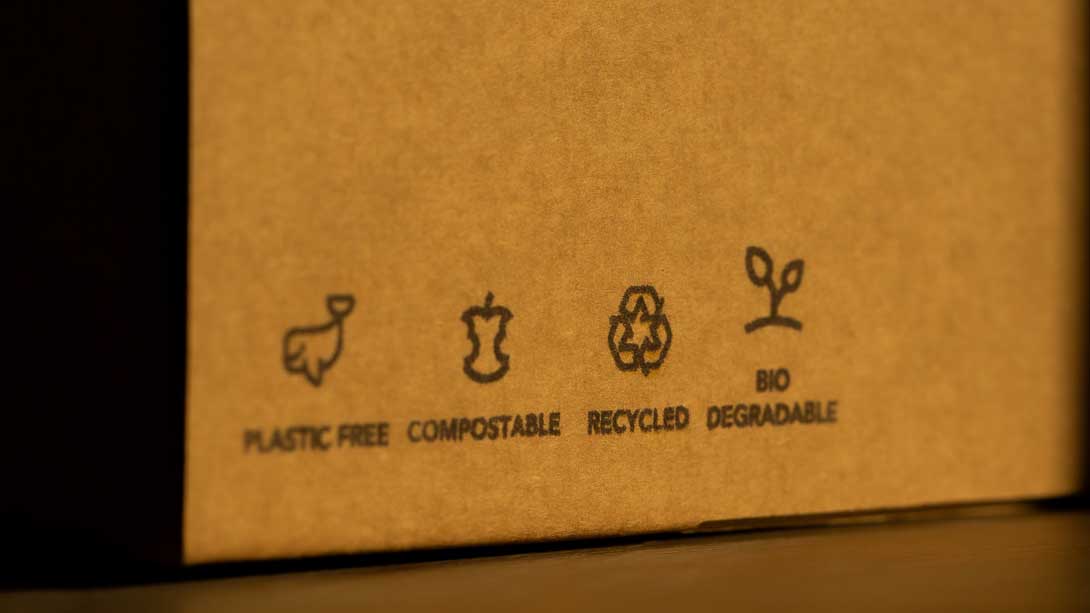The world is going green, and high-street retail is no exception. As environmental awareness continues to rise, conscious consumerism drives significant changes in the retail landscape.
From eco-friendly products and sustainable stores to choosing trains from London to reduce carbon footprints, this blog will delve into the impact of environmental awareness on high-street retail and the future of shopping.
Conscious consumerism
As consumers become increasingly aware of the wider environmental impact of their purchasing decisions, they are beginning to prioritise eco-friendly options. This growing preference for sustainable brands and products alters the traditional high street landscape.
Gone are the days when they focused solely on design and affordability; sustainability is now taking centre stage. In fact, Accenture recently found that 50% of customers are willing to pay more for a produced designed to be reused or recycled. This shift in consumer behaviour stems from a rising concern for the environment, with an increasing number of people recognising the need to protect our planet for future generations.
Shopping and sustainability
High street retail shops must entice consumers to their physical spaces, which also means making environmental considerations. In response to reduced sales, many high street retailers have focused on reducing their environmental footprint, focusing on design, materials, and sustainable practices. To offset carbon emissions, consumers are also changing how they travel. Instead of driving to out-of-town shopping centres, more people opt for trains from London, taking public transportation, or shopping locally, lowering their carbon emissions.
High street response
Due to trends in consumer habits and environmental awareness, some brands are taking action by adopting sustainable practices within their operations. This includes sourcing ethically-produced materials, reducing waste in their supply chain, and utilising renewable energy to power their stores. Furthermore, high street retailers are adopting green initiatives and actively marketing their eco-credentials to engage with environmentally conscious consumers.
Adapting to change
As consumer behaviour continues to evolve, high-street retail must adapt to stay relevant in the face of challenging competition from online shopping. High street retailers must embrace sustainable strategies and remain agile to appeal to the growing number of environmentally aware consumers. High street retailers can maintain consumer loyalty and promote a green shopping experience by engaging with eco-friendly initiatives and promoting their efforts.
The future of high street retail
The rise of environmental awareness is paving the way for a more sustainable high-street retail experience. Efforts to reduce waste, promote recycling, and utilise renewable energy sources are only the beginning. As technology advances, we can expect to see even more innovative and sustainable solutions being adopted by high-street retailers. Collaboration between businesses, consumers, and local governments is key to accelerating this green shift, ultimately ensuring a more sustainable future for high-street retail.
The impact of environmental awareness on high street retail is only growing stronger, and it’s becoming increasingly clear that sustainability is no longer just a passing trend but an essential part of the modern shopping experience. As people continue to prioritise eco-friendly choices and high street retailers respond, we can expect to see a shift towards greener, more environmentally responsible retail practices. By supporting these efforts and choosing sustainable options like taking trains from London, we can all contribute to a cleaner, greener future for our planet.




















